In the world of modern manufacturing and machining, the four-axis CNC milling machine stands as a technological marvel, capable of transforming raw materials into intricate and highly precise components. This advanced machine combines the power of computer numerical control with the flexibility of four axes of movement, opening up a world of possibilities for engineers, designers, and manufacturers.
Four Axis CNC Milling Machine
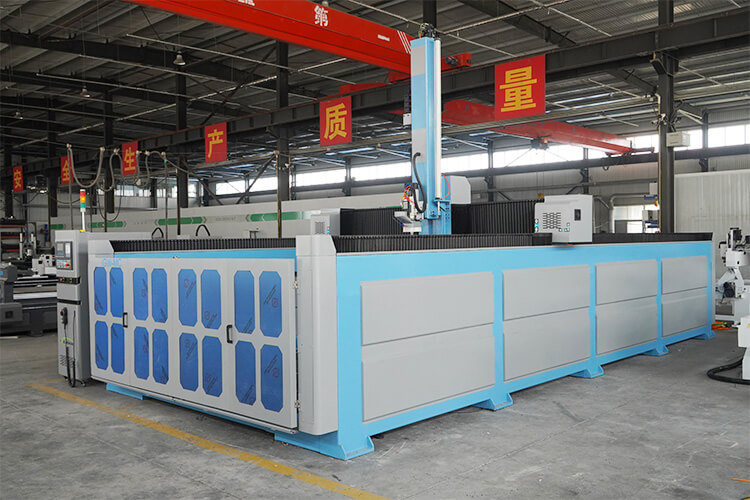
The 4 axis machining machine at a good price, provide several configurations to meet different requirement, perfect for several kinds of foam and mould router, the innovation model designed by iGOLDENCNC, combined with a competitive set of configurations. Hot applications include:
>Carving all kinds of non-metal materials processing such as foam, lost foam, automobile foam mold, yacht mold, large ship wooden mold, cast wooden mold, engineering plastic materials, aviation wooden mold, propeller, train wooden mold, etc.
>Foam processing of automotive stamping molds, casting wood molds, automotive interiors, processing of engineering plastic materials;
>Other industry molds: electrical appliance molds, lighting molds, ceramic sanitary ware, three-dimensional curved surfaces for large musical instruments, instrument molds, home appliance molds, air-conditioning molds, automotive molds, automotive interior molds, automotive bumper molds, automotive instrument table molds, etc.
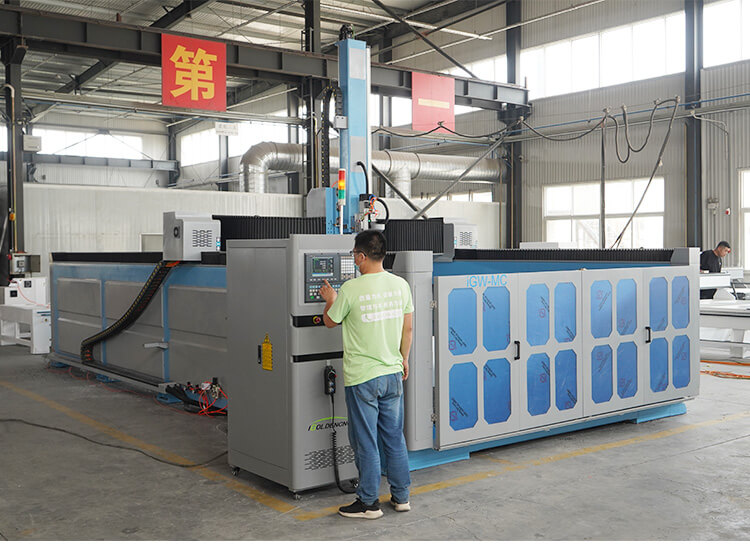
Benefits of 4 Axis CNC Milling Machines
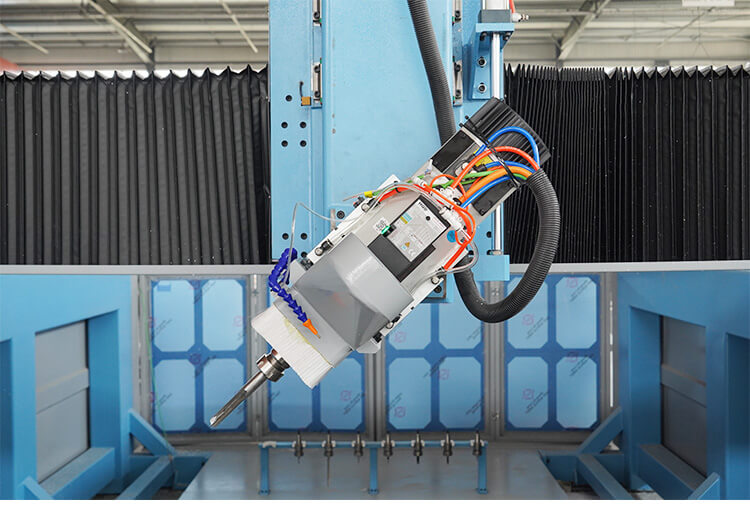
Applications of 4 Axis CNC Milling
- Foam Molds: Creating detailed foam molds for casting and prototyping.
- Aluminum Molds: Fabricating precise aluminum molds for injection molding and other manufacturing processes.
- Wood Molds: Producing custom wood molds for casting, forming, and other applications.
- Prototyping: Rapid prototyping of complex designs and geometries.
- Custom Tooling: Creating custom tooling and fixtures for specialized manufacturing processes.
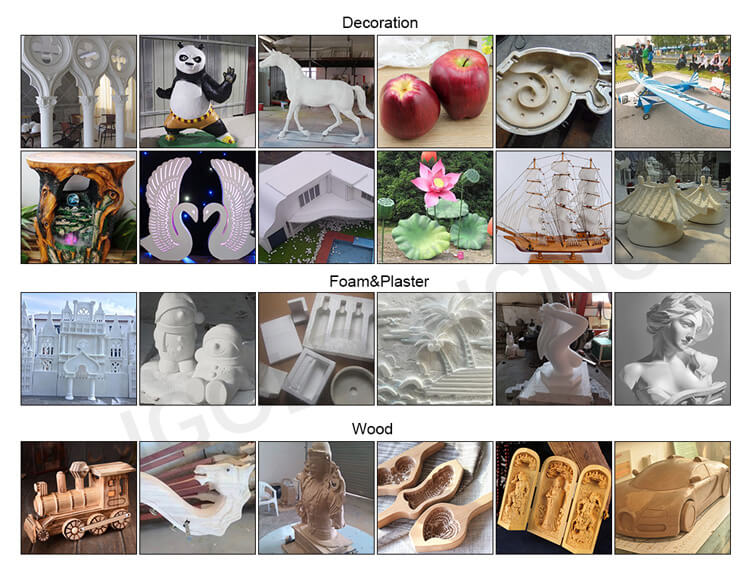
How Four Axis CNC Milling Machines Work
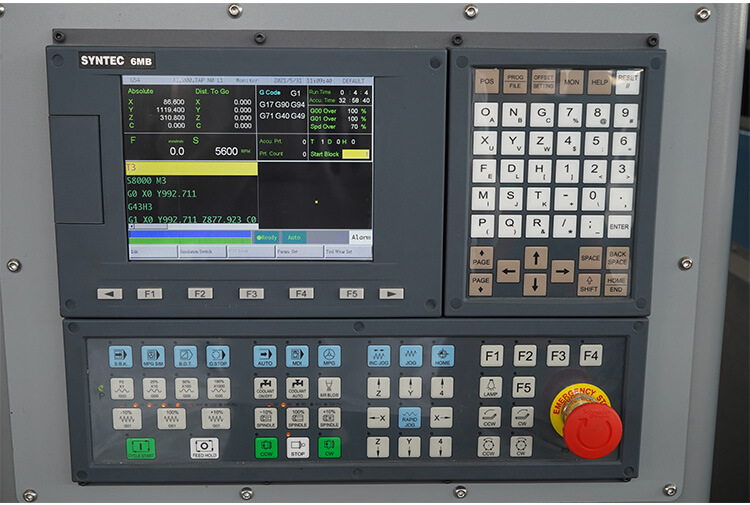
-
Programming and Design
The first step in using a four-axis CNC milling machine is to create a digital design of the part to be machined. This can be done using computer-aided design (CAD) software, which allows the user to create a three-dimensional model of the part. Once the design is complete, it is converted into a machine-readable format using computer-aided manufacturing (CAM) software. -
Setup and Tooling
Before machining can begin, the workpiece must be securely fastened to the machine’s worktable and the cutting tools must be selected and installed. The cutting tools are typically made of high-speed steel or carbide and are designed to cut specific materials and geometries. -
Machining Process
Once the workpiece and cutting tools are in place, the machining process can begin. The CNC controller sends commands to the machine’s motors and drives, which move the cutting tool along the programmed paths. The X, Y, and Z axes control the linear movement of the tool, while the A (or B) axis provides rotational movement. As the tool cuts through the material, it removes small amounts of material to create the desired shape. -
Finishing and Inspection
After the machining process is complete, the part may require some finishing touches such as deburring, polishing, or coating. The part is then inspected for accuracy and quality using precision measuring instruments such as calipers, micrometers, and coordinate measuring machines (CMMs).
Types of Four Axis CNC Milling Machines
Choosing the Right Four Axis CNC Milling Machine
When choosing a four-axis CNC milling machine, there are several factors to consider. These include:
1.Workpiece Size and Weight
Consider the size and weight of the parts you will be machining. Make sure the machine has a large enough work envelope and table capacity to handle your parts.
2.Machining Requirements
Determine the types of materials you will be machining and the complexity of the geometries you need to create. Choose a machine with the appropriate cutting tools, spindle power, and feed rates to meet your needs.
3.Accuracy and Precision
Look for a machine with high accuracy and precision. Check the machine’s specifications for tolerances and repeatability, and read reviews from other users to ensure its quality.
4.Software and Controls
The software and controls of the machine should be easy to use and intuitive. Look for a machine with software that allows you to import CAD files, set cutting parameters, and monitor the machining process in real-time.
5.Price and Maintenance
Costs Consider the price of the machine and the ongoing maintenance costs. While a more expensive machine may offer more features and capabilities, it may not be the best choice for your budget. Look for a machine that offers a good balance of price and performance.

IGOLDEN BLOG
Thank you for visiting the iGOLDENCNC website. iGOLDENCNC is the professional supplier of CNC machinery application solution, within the business of producing and selling CNC machinery and accessories.